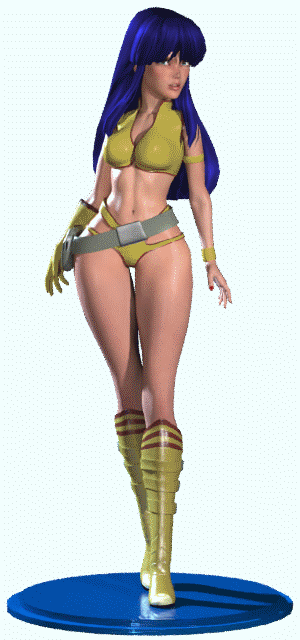Wow I so wish I had that much GPU VRAM here, so I could render larger images. With [almost] twice as much the VRAM size, you can bump up bucket size and reduce render times, but I am not sure how much because you render at such high res that it might make up for that extra video memory you have. But one thing is for sure - GPU BPT requires way less pixel samples to produce the same results as without it, so for that alone, your renders should take less time when it's enabled.
Over here I set GPU+BPT to under 7 pixel samples per render for all you have seen from me. With BPT disabled, it requires 40+ pixel samples to produce the same results, which on its own increases render times exponentially. If I switch to CPU mode, renders take many times fold, and it doesn't matter if I enable BPT or not.
Based on my personal experience with Superfly GPU rendering, if you have better times with CPU, either you have a low-end GPU (unlikely just for the amount of VRAM it has), or the params are not set to make the best out of it. For example, the default bucket size in Poser is too low to get any good performance with GPU renders. Having a GPU with 6GB VRAM, I have to bump bucket size to at least 500 to get faster renders. Using or not progressive rendering will only affect how much memory it uses, not rendering times. But when disabled, the render buffer will clear if you stop the render before it finishes. I always leave it on for that reason alone. If anything happens, I don't loose my render.
In addition, each of the Superfly parameters is quite expensive to increase, usually exponentially so. Increasing some of them by a single digit can double, or even quadruple render times, so we have to be conservative about them.



